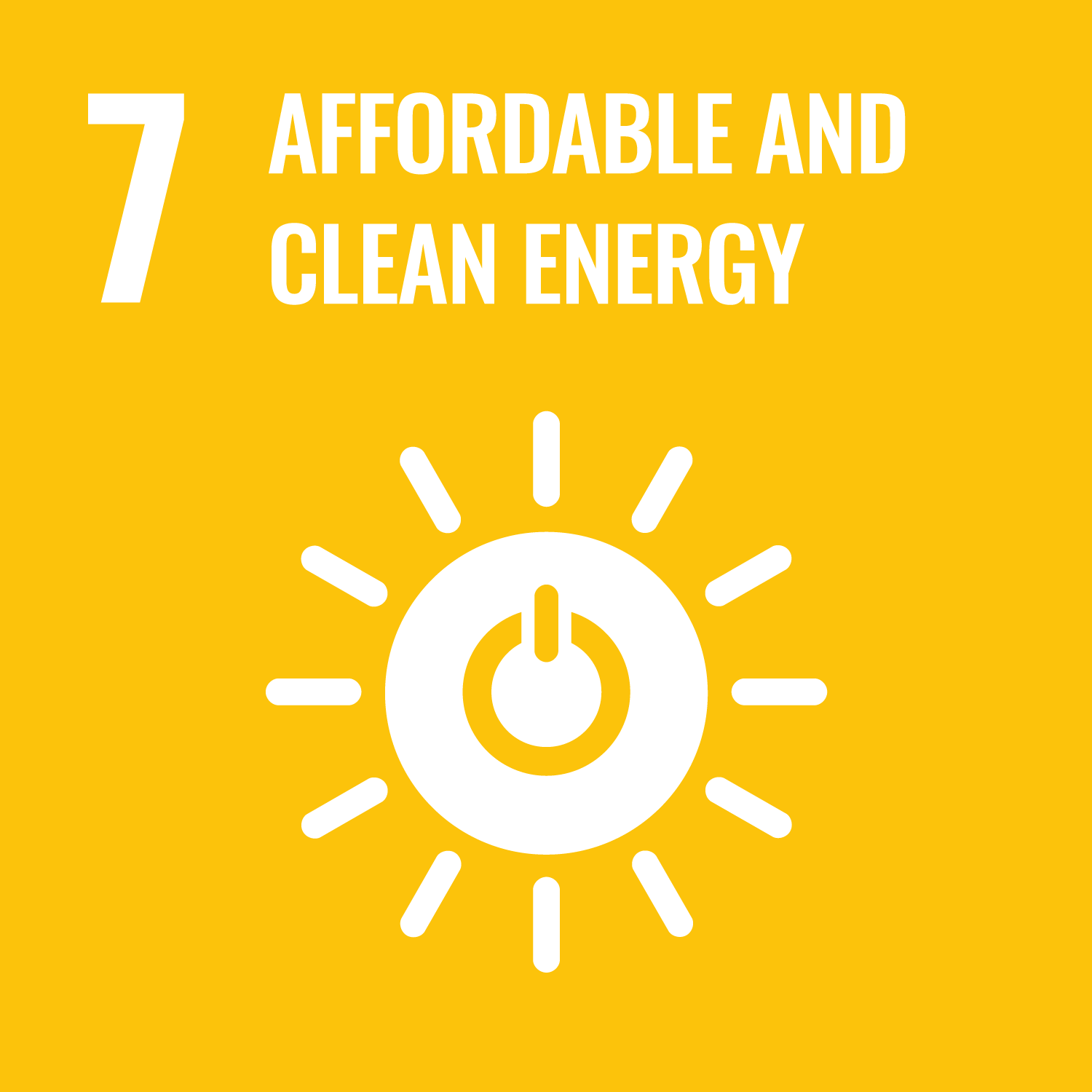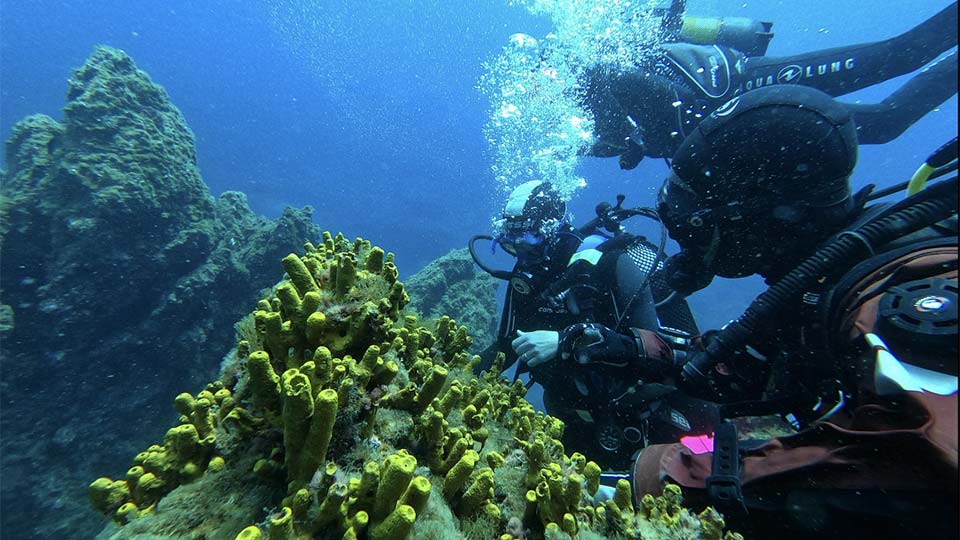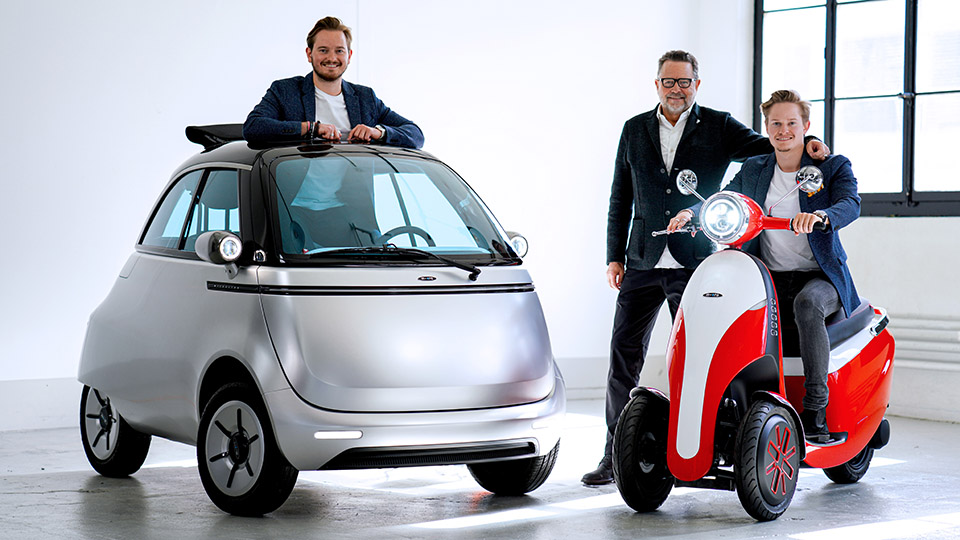IceWind blows a wind of change on the energy market
IceWind, an Iceland-based company, has developed small, vertical-axis wind turbines capable of powering remote infrastructure, an innovative technology that relies on a unique design. The firm is pursuing an ambitious goal: to replace diesel generators and equip telecom towers, thus facilitating the transition to a greener society.
HAWT Vs VAWT
An innovation based on a revolutionary design
“It’s all about design”, states Stephen Drake, IceWind’s CEO. Unlike traditional Horizontal-Axis Wind Turbines (HAWT) that require frequent reorientation to face the wind, IceWind’s Vertical-Axis Wind Turbines (VAWT) are omni-directional, capturing wind from any angle. These turbines feature open, curved cylinders housing streamlined blades within a metal frame. Employing a combination of drag and lift, the inner blades facilitate low start-up speeds and act as a brake in high winds.
IceWind’s engineering process carefully considers factors such as the size of components, the cross-sectional profile of outer blades, and the spacing between inner and outer blades to adapt to varying wind speeds.
Design Protection of the IceWind Vertical Wind Turbine
The design addresses not only functionality but also manufacturability and logistics, ensuring scalability for production and ease of packaging and shipping.
You can’t register the design of traditional wind turbine, a device that has been used for centuries in applications such as the Dutch windmills. However, you can register aspects of the design such as of an object that is innovative. We came across ours by doing a lot of iterations of shapes, sizes and ratios.
Stephen Drake
IceWind turbines offer a versatile solution for power generation, whether serving as the primary energy source in remote off-grid locations or as a reliable backup system for grid-connected areas.
Bird-Friendly Wind Turbines
Designed to thrive in the challenging winter conditions of Iceland, where temperatures plummet and wind speeds can exceed 60 meters per second, these turbines stand out as a promising alternative to traditional propeller-like wind turbines. Notably, they pose no harm to the local bird and bat populations and operate quietly, emitting less than 33 decibels of noise.
Vertical Wind Generator sustaining High-Wind Speed in Extreme Weather
These wind turbines make a big promise: the ability to run in extreme conditions for 20 years with no maintenance, creating a fresh purpose for wind energy, not just in business and residential settings, but also in governmental facilities. They are sealed against dust, ice, water, or dirt entering the generator.
Furthermore, their construction from aluminum, stainless steel and composites such as fiberglass and carbon fiber ensures the durability of the blades, which will last significantly longer than those constructed with traditional plastics like brittle nylon with low resistance to UV absorbance.

Wind-Powered Telecommunication Towers
A promising market and a tremendous decarbonization opportunity
IceWind, which began as a university project by Icelandic engineer Sæþór Ásgeirsson 12 years ago, currently employs three full-time staff members and has secured USD 3.5 million in funding thus far. They’ve successfully sold 20 of their wind turbines throughout Iceland and are now poised for global commercialization in 2024.
While their technology has the potential to be applied wherever distributed energy is required, the company is currently concentrating its efforts on providing solutions for telecommunications towers in remote areas. In fact, according to GSMA, there are nearly a million telecom towers worldwide situated in regions with limited or no access to the electricity grid, with the majority relying on diesel generators for power.
With IceWind’s solutions, telecommunication companies not only have the opportunity to prevent service disruptions during grid failures but also to reduce operational costs, as refueling logistics and maintaining distributed generators can be expensive.
Furthermore, they can play a crucial role in much needed decarbonization efforts. With the need for telecommunications at an all-time high, is our infrastructure able to withstand the demands of our changing climate? In addition, should it contribute to climate change?
Stephen Drake

Wind Power for a Sustainable Energy Transition
There is a Chinese proverb that says: “When the wind of change blows, some build walls, while others build windmills”. One could add “or vertical-axis micro wind turbines!” . As wind power continues to gain momentum, the prospects for IceWind look promising.
The share of wind in the global energy mix has been steadily increasing, driven by technological advancements, sustained investments, and a growing awareness of the importance of clean energy sources. According to Our World in Data, in 2022, wind energy accounted for 7.5% of global electricity generation, up from 6.6% the previous year. This represents more than double the share compared to 2015, the year the Paris Agreement was adopted.
The global goal of achieving over 20% of electricity generation from wind power by 2030 appears to be within reach, in line with the seventh of the Sustainable Development Goals, which aims to ensure access to affordable, reliable, sustainable, and modern energy for all. Wind energy can indeed play a significant role in achieving this goal, as it is one of the most cost-effective and scalable sources of renewable energy.
Safeguarding Wind Turbine Technology with Industrial Design Rights
IceWind decided to register the design of their turbines to protect their intellectual property rights. By doing so, they also wanted to safeguard their innovative technology and gain the ability to build a competitive edge in the market.
Customers often associate protected designs with quality and reliability. Through the protection of their designs, IceWind can bolster the company’s brand image and enhance the trust clients place in their products. It allows them to explore international markets with confidence because they can enter into licensing agreements or partnerships without fear of design theft or unauthorized replication.
We conduct destructive testing throughout the entire design process, from concept to viability, in order to improve the performance of our turbines. As a result, we will protect more designs in the near future.
Stephen Drake



This article demonstrates the transformative impact of IP-backed innovation in supporting the following Sustainable Development Goal:
About the Hague System
WIPO’s Hague System provides a unique international mechanism for securing and managing design rights simultaneously in multiple countries or regions through one application, in one language with one set of fees.
Find out more about the Hague System:
- Hague System Digital Information Kit
- How the Hague System works
- Filing international applications
- Managing international registrations
Want to share your story of registering a design with the Hague System?
If you are interested in sharing your own Designs in Action story, illustrating how you've leveraged the Hague System to secure international design protection, we would love to hear from you – Contact Hague!



